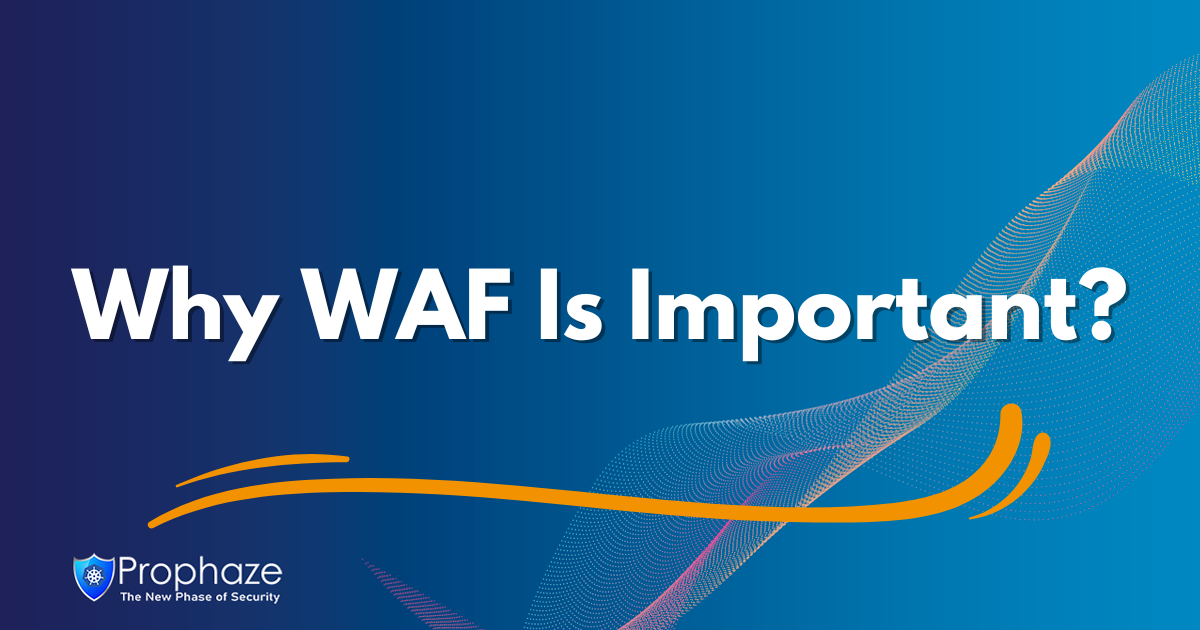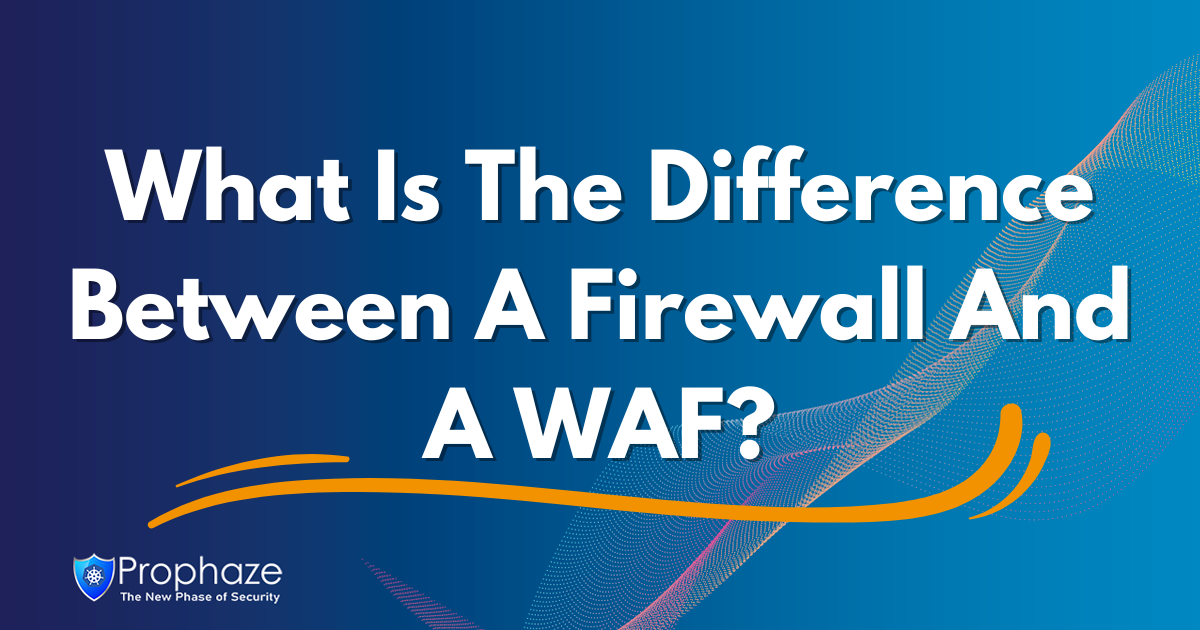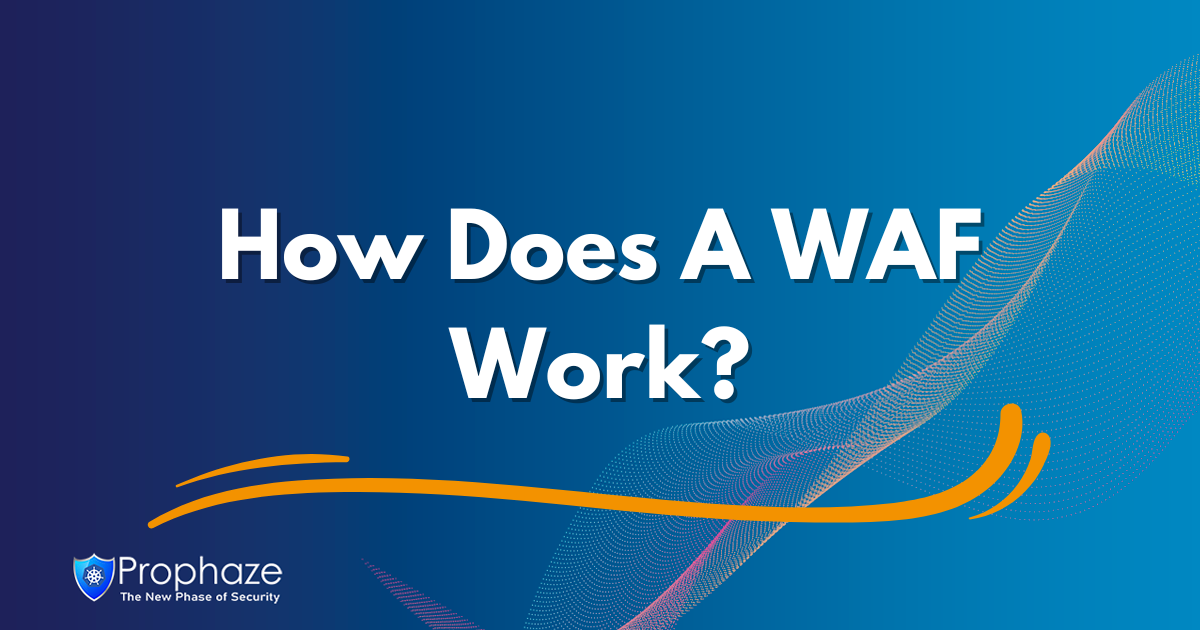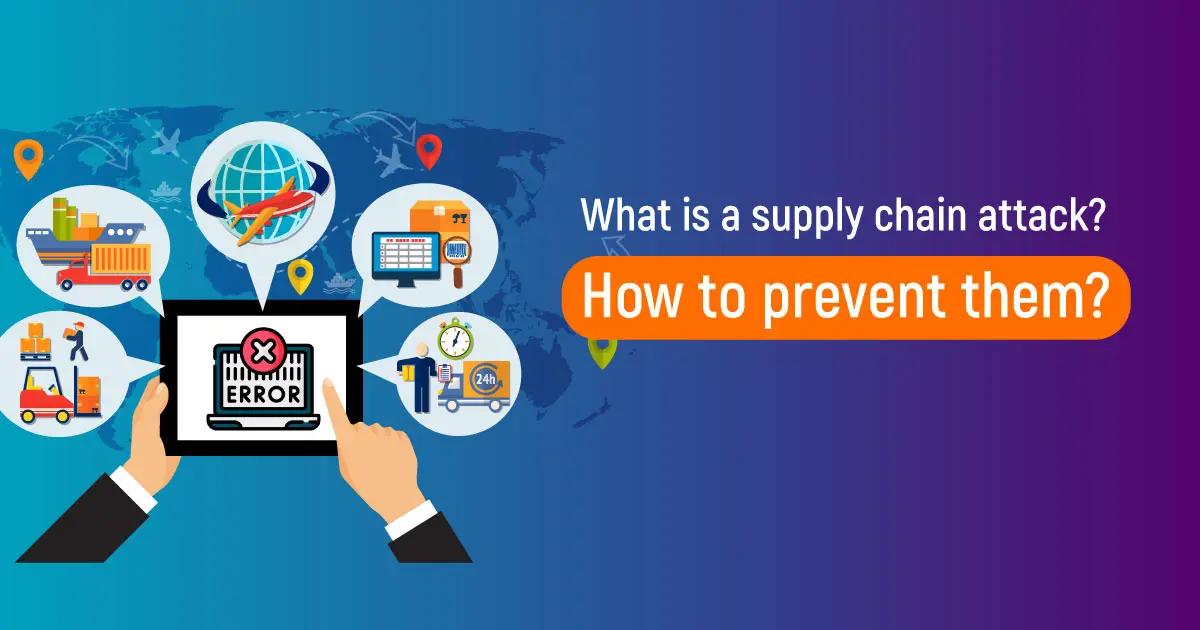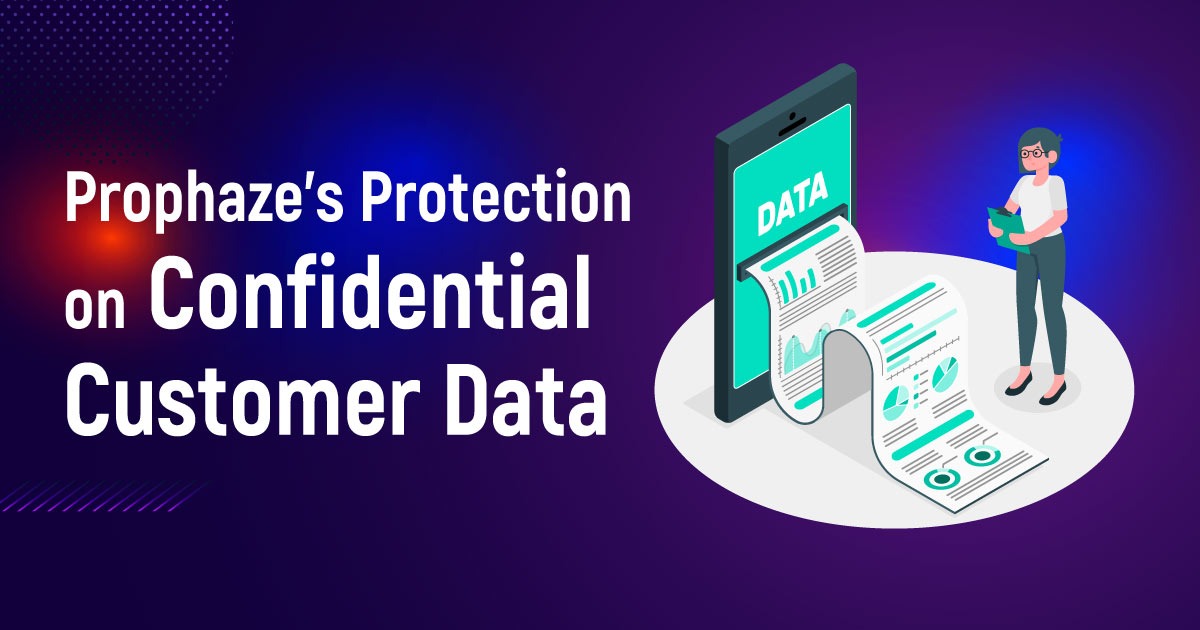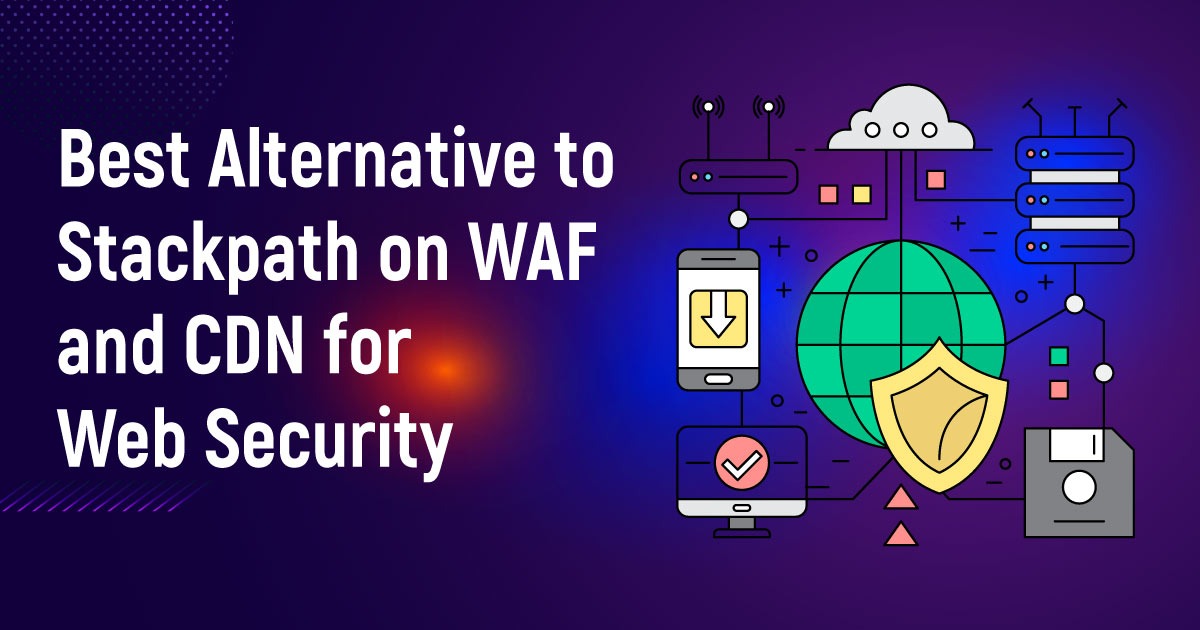Web Application Firewalls
They are positioned between web servers and clients to review and filter requests and responses to block out threats. Cross-site scripting (XSS) attacks or distributed denial-of-service (DDoS) disruptions can cause damage to web applications. Still, these can be prevented through safety measures such as rule-based filtering methods, conductive evaluation, and signature comparison technology.
Factors Affecting Website Performance
Implementing a WAF requires an evaluation of its potential impact on website performance. Let’s investigate some of the factors that can affect website performance.
Latency:
A WAF may cause delays by scrutinizing and filtering inbound traffic and analyzing requests and responses, resulting in additional processing. Modern-day WAF solutions are designed to minimize latency by employing optimized algorithms and efficient processing.
Resource Utilization:
Memory and network bandwidth are required by WAFs, consuming CPU, and the growing amount of traffic results in larger workloads from WAFs. Choosing a WAF solution with scalability in mind and considering resource requirements is essential for achieving optimal performance.
False Positives and Legitimate Traffic:
WAFs employ techniques to detect both legitimate and malicious traffic. However, it adversely affects website performance. We can reduce and maintain web traffic if we regularly adjust our WAF rules and closely monitor our logs.
SSL/TLS Decryption:
Some WAFs can inspect encrypted traffic by decrypting and then re-encrypting SSL/TLS connections. You can mitigate the impact by improving SSL/TLS configuration and utilizing hardware acceleration.
Mitigating Performance Impact
Get an Efficient WAF Solution:
Before you decide on anything, make sure you’ve looked at factors such as vendor reputation, performance benchmarks, and customer reviews to procure a reliable and efficient WAF solution.
Fine-tune WAF Rules:
Maintaining an ideal security/performance ratio requires frequent reviews of your WAF rules to tweak them for better accuracy, and the optimization of rules necessitates working together with one’s security team.
Utilize caching and content delivery networks (CDNs):
Improve site speed by employing caching techniques and CDNS, which can assist in relieving traffic from the WAF, resulting in improved performance by reducing WAF stress and obtaining faster responses.
Scale and load balance:
To better distribute traffic, it’s easy to consider load balancing and scaling your infrastructure. By dispersing the processing load, you can ensure your website performs smoothly.
Conclusion
To improve the security of your website, it is essential to install a web application firewall (WAF), though performance tradeoffs may arise when selecting a suitable WAF solution. However, combining the rule with caching and CDN usage alongside infrastructure scaling can help mitigate that impact. Achieving a harmonious balance between security and performance will guarantee optimal protection for your site against potential malicious attacks and a seamless user experience.

